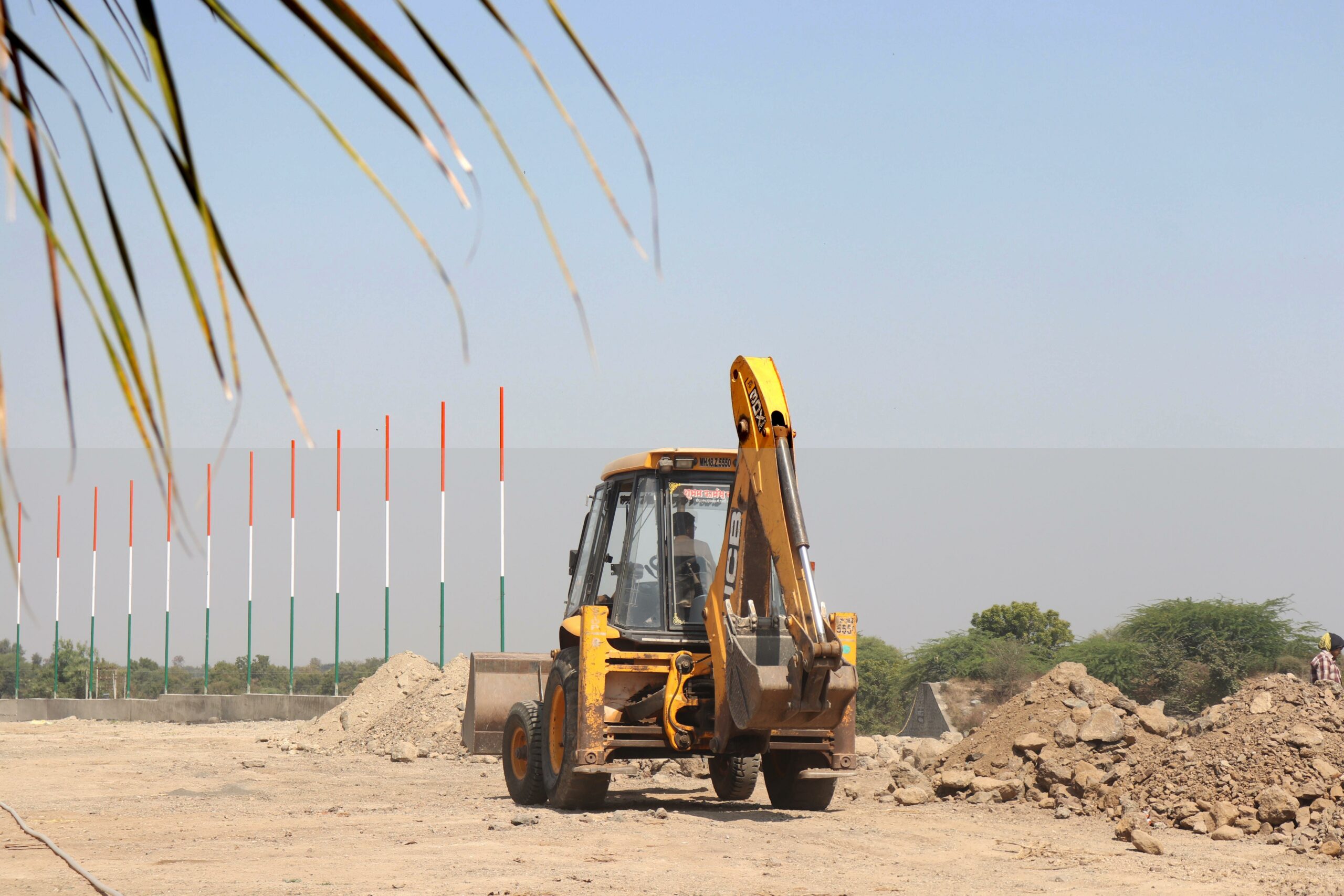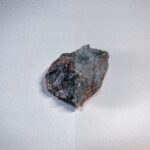Are you ready to embark on an extraordinary journey through time and witness the unveiling of Earth’s long-forgotten secrets? Join me as we delve into the captivating world of fossil excavations, where ancient clues lie waiting to be discovered. In this article, we will explore the mesmerizing realm of paleontological exploration, immersing ourselves in the intricate process of unearthing fossils and unraveling the mysteries they hold. From remote corners of the globe to the depths of our planet’s history, prepare to be astounded by the astonishing revelations that fossil excavations bring to light. So, fasten your seatbelt and get ready to embark on an awe-inspiring adventure into Earth’s mesmerizing past. Welcome to the world of fossil excavations – where each unearthed treasure tells a story that has shaped life as we know it.
Fossil Excavations: Unearthing Earth’s Ancient Secrets
Fossil excavations take us on a thrilling journey through time, revealing the secrets of our planet’s ancient history. As an experienced archaeologist specializing in fossil excavations, I have witnessed firsthand the wonders that lie beneath the Earth’s surface. Each excavation is like a puzzle waiting to be solved, as we carefully piece together the remnants of prehistoric life. In this article, we will delve into the fascinating world of fossil excavations, exploring the methodologies, significance, and some remarkable discoveries along the way.
The Art of Uncovering Fossil Treasures
Excavating fossils is no simple task. It requires patience, precision, and a deep understanding of the geological processes that shape the Earth. Fossils can be found in a variety of locations worldwide, from river valleys and cliffs to quarries and road cuttings. These sedimentary rock formations hold the key to unraveling the mysteries of our planet’s past.
Step 1: Prospecting for Fossils
To begin the excavation process, paleontologists embark on a quest to find promising fossil sites. Through meticulous research and exploration, they identify locations that are likely to contain fossils of interest. One such example is Talbragar, NSW in Australia, renowned for its significant fossil discoveries.
Quote: “Prospecting for fossils is like embarking on a treasure hunt, with the Earth hiding its ancient secrets just waiting to be uncovered.”
Step 2: Excavating and Collecting Fossils
Once a site has been selected, the true excavation work begins. With an array of large tools and cranes at their disposal, paleontologists carefully remove layers of sediment to expose the fossilized remains. The process requires finesse and attention to detail, as even the slightest error can damage or destroy the delicate fossils.
Quote: “Excavating a fossil is akin to delicately brushing away the layers of time, revealing a snapshot of prehistoric life frozen in stone.”
The Significance of Fossil Excavations
Fossil excavations hold immense significance in the field of paleontology. They provide invaluable insight into the evolution of life on Earth, offering glimpses into ancient ecosystems and the creatures that once roamed our planet. Trilobites and conodonts are just a couple of examples of the fascinating fossils that have been uncovered through excavation efforts.
Quote: “Fossil excavations are like time machines, allowing us to peer into the distant past and witness the fascinating tapestry of life that shaped our world.”
The Intricacies of Fossil Preservation
The formation of fossils is a complex process that involves the burial and preservation of organic remains over time. Through various natural processes, such as mineralization or carbonization, the once-living organisms are transformed into fossils. The delicate balance between decay and preservation allows us to peer into the past and reconstruct the ancient landscapes that existed millions of years ago.
Institutions Driving Fossil Excavations
Prominent institutions like the American Museum of Natural History and the Australian Museum play a pivotal role in conducting fossil excavations and advancing paleontological research. Their expertise, resources, and collaborations help uncover the secrets locked within the Earth’s layers, expanding our understanding of prehistoric life.
Unveiling Ancient Wonders: Recent Discoveries
Recent years have witnessed some remarkable fossil discoveries. In Utah, a 300 million-year-old fossil skeleton shed light on an ancient creature that once roamed the land. Meanwhile, a Brazilian paleontological site unveiled over 100 fossils, each providing a glimpse into a distant past. These findings not only captivate the public’s imagination but also deepen our knowledge of the Earth’s history.
Fossil Excavators: Unsung Heroes of Paleontology
Behind every successful fossil excavation lies the dedication and hard work of individuals and organizations like Fossil Excavators. These unsung heroes relentlessly pursue their passion for unearthing ancient treasures, contributing significantly to paleontological research and fostering collaborations that span the globe.
Quote: “Fossil excavators are the detectives of the past, tirelessly unearthing clues that help us reconstruct the story of life on our planet.”
The Journey Continues: Unveiling Earth’s Secrets
From Laotian caves revealing bone fragments hinting at a new human species to the oldest known wooden structure discovered in Zambia, fossil excavations continue to offer exhilarating insights into our planet’s past. By embracing the curiosity of the unknown, we embark on a never-ending journey to unlock the secrets that lie beneath our feet.
Quote: “Fossil excavations are a constant reminder that the Earth has witnessed countless stories, waiting patiently for us to uncover them and share them with the world.”
Fossils are a fascinating topic that can transport us back in time to uncover the secrets of ancient life. If you’re curious to learn more about fossils in year 3, then you’re in luck! We have compiled a list of interesting facts about fossils just for you. Click here to explore the world of fossils and discover intriguing insights: Facts about Fossils Year 3. Get ready for an exciting journey into the past!
FAQ
Question 1: Where are fossils typically found?
Answer 1: Fossils are usually found in sedimentary rocks of the right age that are exposed in river valleys, cliffs, hillsides, quarries, and road cuttings.
Question 2: What is the process of fossil excavation?
Answer 2: Fossil excavation involves prospecting for, excavating, and collecting fossils. It is a slow and careful process that requires the use of large tools and cranes.
Question 3: Can you give examples of fossils that can be found?
Answer 3: Examples of fossils that can be found include trilobites and conodonts. These are just a few of the many fascinating fossils waiting to be discovered.
Question 4: How are fossils formed?
Answer 4: Fossils are formed through a process that includes the burial and preservation of organic remains over time. This preservation can occur in various environments, such as sedimentary rock.
Question 5: What institutions conduct fossil excavations and research?
Answer 5: The American Museum of Natural History and the Australian Museum are just two of the many institutions that conduct fossil excavations and research, contributing to our understanding of Earth’s history.
- Unlocking Francis Alexander Shields’ Finance Empire: A Comprehensive Biography - July 12, 2025
- Unveiling Francis Alexander Shields: A Business Legacy - July 12, 2025
- Francis Alexander Shields’ Business Career: A Comprehensive Overview - July 12, 2025















